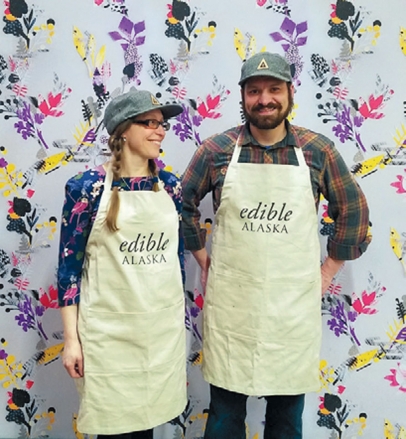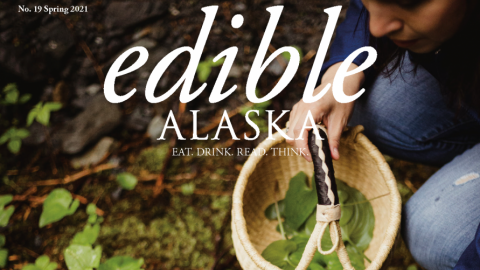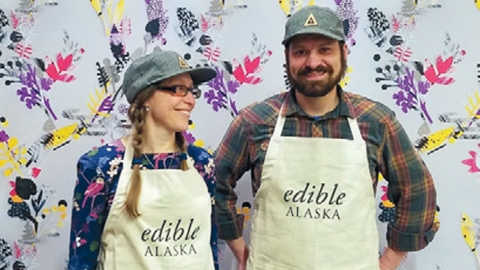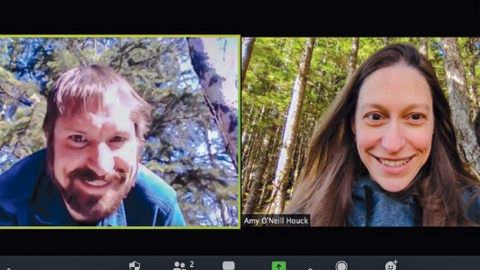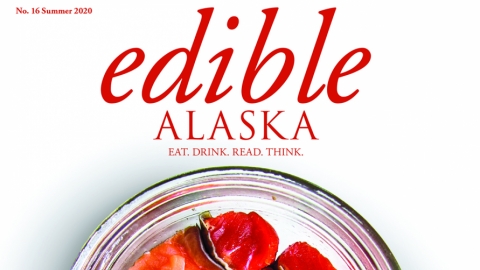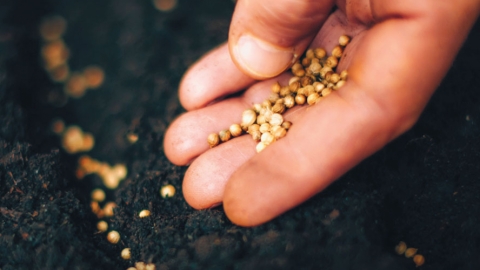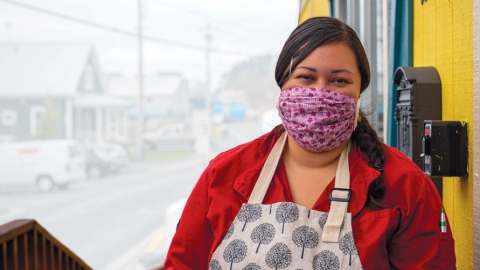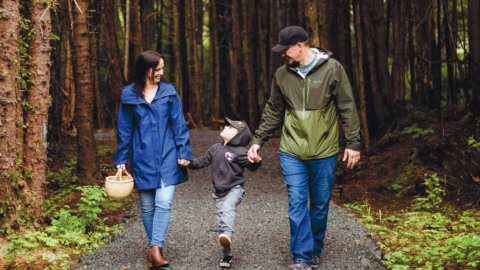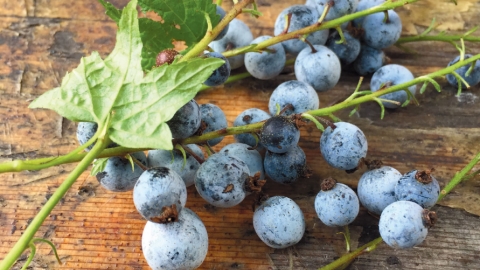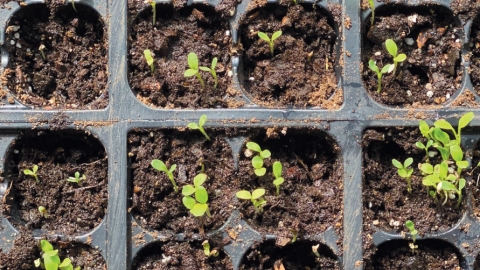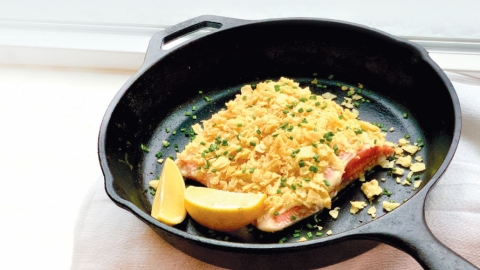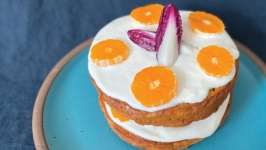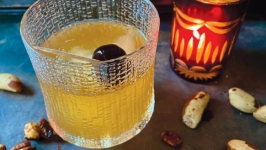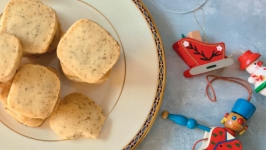Issue 19, Spring 2021: From the Editors
Can there be equity where there’s hunger? Can there be justice? In her piece on food sovereignty, Robbi Mixon, Executive Director of the Alaska Food Policy Council, quotes scholar and activist Vandana Shiva: “Eating is an ecological act. Eating is an ethical act. Eating is a political act. Eating is an agricultural act.” Throughout the past year, we were reminded time and again how the pandemic exposed problems of hunger and food access in Alaska. Our state is home to diverse cultures who cherish a bountiful array of wild foods. In contrast to that abundance, we depend on vulnerable supply lines and distant suppliers to feed our population. The nature of some of the obstacles that stymie increased local food production speaks to systemic inequalities here and in the rest of the country. Alaskans are taking notice and taking action.
Food sovereignty and food justice go deeper than access. Bree Kessler, in her essay on the nuanced histories of Alaska food, takes a look at the problems of culinary cultural appropriation. How can we eat broadly in this rich and diverse world, she asks, without dishonoring the cultures we have to thank for our food?
Two pieces take different approaches to Alaska Native food sovereignty while highlighting the importance of wild foods. Nang Sḵ’at’áas Joseph Hillaire, Jr. and Jennifer Nu report on the 2020 Southeast Alaska Traditional Plants Summit, and Mary Goddard (Tlingit) of Forest Fresh Alaska presents a personal history of eating spring plants along with recipes for you to try.
Almost 15 percent of Alaska’s population is food insecure, which means they lack access to enough nutritious food to stay healthy. Many of the most vulnerable are single women and children. The problem is even greater in rural areas. As natural and economic systems shudder and shift, the need to respect and protect one of our most basic requirements—access to enough food—grows even more urgent. Lione Clare, with Bethany Goodrich, brings us a moving photo essay showing the many ways Sitkans have taken care of one another, through food, during the COVID era.
Erin McKinstry takes a look at an underrated part of any self-sustaining food system: seed saving. She profiles two Alaska seed companies and a seed library. Theresa Soley brings us a favorite moose stew recipe from Bean’s Café, a nonprofit that’s fed food-insecure Anchorage residents for decades. She reports how their job has changed and grown with the pandemic. And Jenna Schnuer takes a look at the terrible year that restaurants have had due to COVID-19 restrictions.
In July 2018, Inuit peoples from across the circumpolar North met in Utqiagvik for the Inuit Circumpolar Council General Assembly. The document they created, called the Utqiagvik Declaration, states: “Food security is central to Inuit identity and way of life; is characterized by a healthy environment and encompasses access, availability, economics, physical and mental health, Inuit culture, decision making power and management, and education.” The declaration continues, “To achieve food sovereignty there is a need for Inuit to hold authority to manage our living resources.” We all eat. We all deserve access to healthy affordable food, and we deserve to have a say in how our food system works.
We hope the stories in this issue serve as an access point to the conversation and effort, or encouragement and fodder for the many already actively working to improve the food systems that support the life of each Alaskan.


